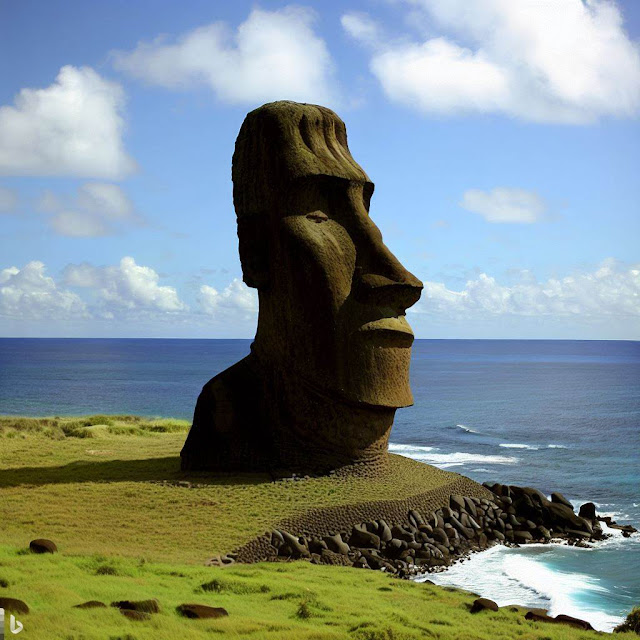April 8: Today in Science History: Celebrating the People and Events that Shaped Our World
Have you ever wondered what happened on this day in science history? Well, you’re in luck, because I’m going to share with you some of the most interesting and significant events that took place on April 8 in the past centuries. Let’s take a look at some of the discoveries, inventions, and achievements that marked this date in the scientific calendar.
Melvin Calvin: The Man Behind Photosynthesis
One of the most important figures in biochemistry was born on this day in 1911. His name was Melvin Calvin, and he won the Nobel Prize in Chemistry in 1961 for his work on the mechanism of photosynthesis. He was the first to describe the “dark reactions” of photosynthesis, which occur in green plants through the night, turning carbon dioxide into sugar. He used carbon-14 as a tracer to track the path of carbon atoms through a plant during photosynthesis, from the absorption of atmospheric carbon dioxide to its incorporation into carbohydrates and other organic compounds. He also showed that the sunlight acts on the chlorophyll molecules in a plant, and not on the carbon dioxide (as had been previously believed). His research paved the way for understanding how plants produce oxygen and store energy, and how humans and animals depend on them for food and fuel.
Jean Prouvé: The Pioneer of Prefabricated Metal Construction
Another remarkable person who was born on this day in 1901 was Jean Prouvé, a French engineer and builder who made significant contributions to the art and technology of prefabricated metal construction. He started his career as a blacksmith and a metal worker, and then opened his own workshops and studios, where he designed and produced wrought iron products and furniture. He was one of the creators of the first prefabricated building in the world, the 1937 Roland Garros flight club. After World War II, his company mass-produced frame houses for refugees. He also built industrial buildings from aluminum and sent hundreds of aluminum sheds to Africa. He was known for his innovative and functional designs, which combined aesthetics and engineering.
Hank Aaron: The Home Run King
On this day in 1974, one of the greatest baseball players of all time made history by hitting his 715th career home run, breaking Babe Ruth’s record, which had stood since 1935. His name was Hank Aaron, and he was a legend in the sport. He played for 23 seasons in Major League Baseball, mostly for the Milwaukee/Atlanta Braves. He finished his career with 755 home runs, a record that stood until 2007. He also holds the records for most runs batted in (2,297), most total bases (6,856), and most extra-base hits (1,477). He was a 25-time All-Star and a National League MVP. He was also a civil rights activist who faced racism and threats during his pursuit of Ruth’s record. He was awarded the Presidential Medal of Freedom in 2002.
These are just some of the amazing events that happened on this day in science history. I hope you enjoyed learning about them as much as I did. If you want to know more about these topics or other scientific facts, feel free to ask me anything. I’m always happy to help you explore the wonders of science.
.jpeg)
.jpeg)
.jpeg)

Comments
Post a Comment